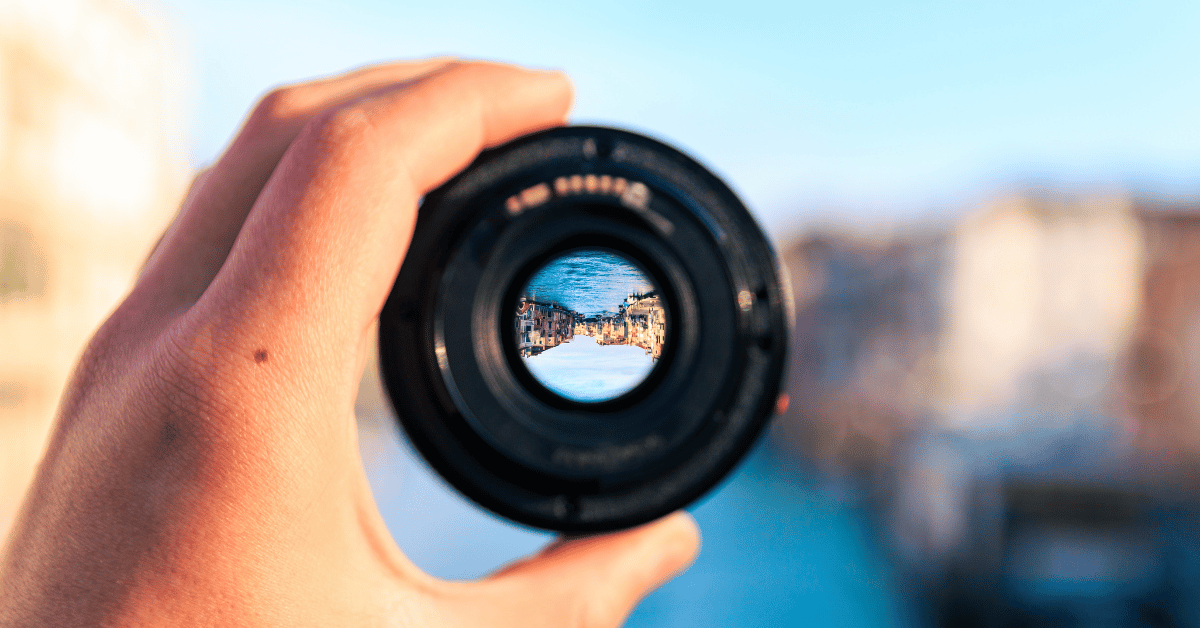Projectors have become an integral part of our lives, whether for educational purposes, business presentations, or home entertainment. Behind the captivating visuals projected onto the screen lies a critical component: the projector lens. The lens plays a crucial role in determining the image quality, clarity, and throw distance of the projected content. Different projector models may use various types of lenses, each with its own unique characteristics and applications. In this article, we will explore the different types of lenses commonly used in projectors, delve into their features, and understand their specific uses. Whether you’re a projector enthusiast, professional user, or simply curious about the technology behind projectors, this guide will provide valuable insights into the lenses that bring those stunning images to life.
Table of Contents
Which Lens Is Used To Make Projectors?
Projectors have revolutionized the way we view and share content, be it in classrooms, conference rooms, or home theaters. Behind the mesmerizing visuals projected onto screens or surfaces lies a key component that plays a pivotal role in image quality and projection characteristics: the projector lens. The lens is responsible for focusing the light emitted by the projector’s light source and projecting it onto the desired surface, resulting in a clear and detailed image. In this comprehensive guide, we will explore the different types of lenses commonly used in projectors, their characteristics, and their specific applications. Whether you’re a projector enthusiast, a professional user, or simply curious about the technology behind projectors, this article will provide valuable insights into the lenses that make it all possible.
- Fixed-Focus Lens: Fixed-focus lenses, also known as prime lenses or fixed lenses, have a fixed focal length and cannot be adjusted. They offer simplicity and cost-effectiveness, making them common in entry-level projectors or applications where the projection distance remains constant. Fixed-focus lenses are often used in small meeting rooms, classrooms, and home theater setups where the projector is installed at a fixed distance from the screen.
- Zoom Lens: Zoom lenses offer the flexibility to adjust the focal length and change the size of the projected image without physically moving the projector. They allow users to project the image over a wide range of distances, making them versatile for various room sizes and setups. Zoom lenses are commonly found in professional-grade projectors used in large venues, auditoriums, or conference rooms where the projection distance may vary.
- Short-Throw Lens: Short-throw lenses are designed to project a large image from a short distance. They are ideal for environments where space is limited, such as small classrooms or meeting rooms. Short-throw lenses minimize the projection distance, reducing the risk of shadows or obstruction from the presenter. These lenses are also useful for home theater setups where the projector needs to be placed close to the screen.
- Long-Throw Lens: Long-throw lenses are designed to project a large image from a significant distance. They are commonly used in large venues, such as theaters, stadiums, or outdoor events. Long-throw lenses provide the ability to project clear, high-quality images over long distances, ensuring optimal visibility for a large audience.
- Ultra-Short Throw Lens: Ultra-short throw lenses are specifically designed to project a large image from an extremely short distance, typically just a few inches away from the screen or wall. These lenses are ideal for interactive whiteboards or collaborative environments, as they eliminate the need for the presenter to stand in the light path or cast shadows on the screen.
Which type of convex lens is used in projector?
The type of convex lens commonly used in projectors is known as a plano-convex lens. A plano-convex lens has one flat surface (plano) and one outwardly curved surface (convex). This type of lens is preferred in projectors due to its ability to converge light and create a focused image.
The convex side of the lens is responsible for bending the incoming light rays towards the center, while the flat side helps to maintain the overall shape of the lens. As light passes through the convex surface, it refracts and converges towards a focal point, resulting in a focused image on the projection surface.
The plano-convex lens is typically positioned between the projector’s light source, such as a lamp or LED, and the projection surface. Its primary function is to gather the divergent light rays emitted from the source and focus them into a coherent beam, which is then projected onto the screen.
The specific characteristics of the plano-convex lens, such as its focal length, diameter, and material, can vary depending on the projector’s design and intended application. Factors like throw distance, desired image size, and projector specifications influence the selection of the appropriate lens.
In summary, the plano-convex lens is the most commonly used convex lens in projectors. Its curved surface helps to converge light and create a focused image, contributing to the overall image quality and clarity in projection systems.
Conclusion
The lens is a critical component in a projector, shaping the quality and characteristics of the projected image. Understanding the different types of lenses used in projectors, such as fixed-focus lenses, zoom lenses, short-throw lenses, long-throw lenses, and ultra-short throw lenses, allows users to choose the most suitable option for their specific requirements. Whether you’re setting up a home theater, delivering presentations in a conference room, or creating immersive experiences in a large venue, the right projector lens can make a significant difference in image quality and projection versatility. By considering factors such as projection distance, room size, and desired image size, you can select the appropriate lens to achieve the best results in your projector setup.

